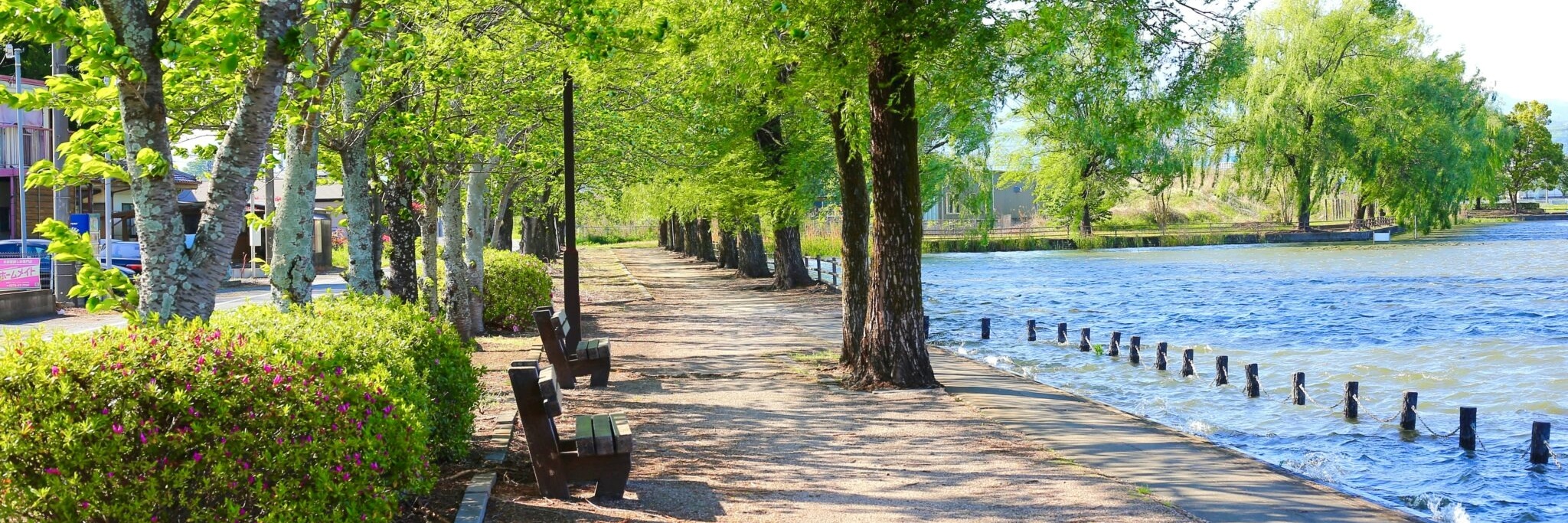Mihai Andrei of ZME Science writes:
It’s not just that the planet is getting hotter; cities are getting much hotter than their surroundings. In fact, urban heatwaves have become a common occurrence, affecting 1.7 billion people. In Europe alone, the 2023 heatwave killed over 61,000 people. Now, a new study by researchers in the UK shows how much green interventions can help cool down cities.
The world is heating up as a result of our activity — by now, hopefully, we all know that. But fewer people know that cities are heat islands.
The Urban Heat Island is a phenomenon where urban and suburban areas experience higher temperatures than their rural surroundings. This temperature discrepancy is primarily due to human activities and the physical characteristics of urban environments. Cities, with their dense concentrations of buildings, roads, and other infrastructure, absorb and retain heat more than natural landscapes.
“We have known for some time that green spaces and water can cool cities down. However, this study provides us the most comprehensive picture yet. What’s more — we can explain why. From trees providing shade, to evaporating water cooling the air.”
Professor Prashant Kumar, director of Surrey’s Global Center for Clean Air Research (GCARE)
Materials commonly used in urban construction, such as concrete and asphalt, have high thermal mass and low albedo, meaning they absorb a significant amount of solar radiation and release it slowly over time, leading to increased temperatures. Additionally, the limited presence of vegetation in urban areas reduces the natural cooling effect provided by shade and evapotranspiration, exacerbating the warming. As a result, cities tend to be hotter by several degrees than their surroundings.
However, cities aren’t doomed. In particular, the last part (limited presence of vegetation in cities) can be addressed.
Professor Prashant Kumar, director of Surrey’s Global Center for Clean Air Research (GCARE), said, “We have known for some time that green spaces and water can cool cities down. However, this study provides us the most comprehensive picture yet. What’s more — we can explain why. From trees providing shade, to evaporating water cooling the air.”
Professor Kumar said, “This will help town planners around the world confront the challenges of global heating. By implementing just some of the measures we describe, cities can become more resilient, and their citizens can be healthier and happier, too.”
So, researchers screened the existing published papers to quantify the effect of nature-based urban cooling methods. This focused mostly on vegetation (parks, botanical gardens, green walls) but also on wetlands and reservoirs. After screening 27,486 papers, they selected 202 for the review.
Read more: Cities are vulnerable to heatwaves. But green spaces can help more than we thought
 Greenroofs.comConnecting the Planet + Living Architecture
Greenroofs.comConnecting the Planet + Living Architecture





